Long before George Floyd’s death, Earlie Hudnall Jr. was photographing the neighborhood where Floyd grew up. Houston’s Third Ward, like many Black enclaves, has suffered the long-term effects of systemic racism and inequity. But Hudnall, who has been documenting several historically Black neighborhoods in Houston for more than 40 years, does not focus on the hardships of poverty. Instead, his photos capture the everyday lives of residents, filled with moments of beauty and joy. “People need to know that you see things within what they call ‘the ghetto,’” says Hudnall. “It’s home where kids and people have to survive and live and coexist together.”
Hudnall’s earliest notion of photography’s importance came from sitting on the porch with his grandmother Bonnie Jean in Hattiesburg, Miss., looking through an album she had put together of the community. “That just stuck with me because it was a document that represented our history,” says Hudnall. “So much has been lost within the Black community from not being able to maintain its own history, from slavery up till now.” In 1968, after serving in Vietnam, he moved to Houston and studied at Texas Southern University, where he found a mentor in artist and professor John T. Biggers. “He always said, ‘Art is life,’” Hudnall says. “One must draw upon their personal experiences, family, community and what you’re all about. This has been my whole plight.”
Hudnall records for posterity the architecture of weathered shotgun houses and the vibrant lives within them. He depicts people at ease, celebrating holidays, dressed in their Sunday finery, and kids in the thrall of summertime. “These are the young Floyds coming up,” he says. “They need to be cared for and guided. Rather than holding up a sign and marching for a day or two, then forgetting about it, come here, talk to people, get to know them.”
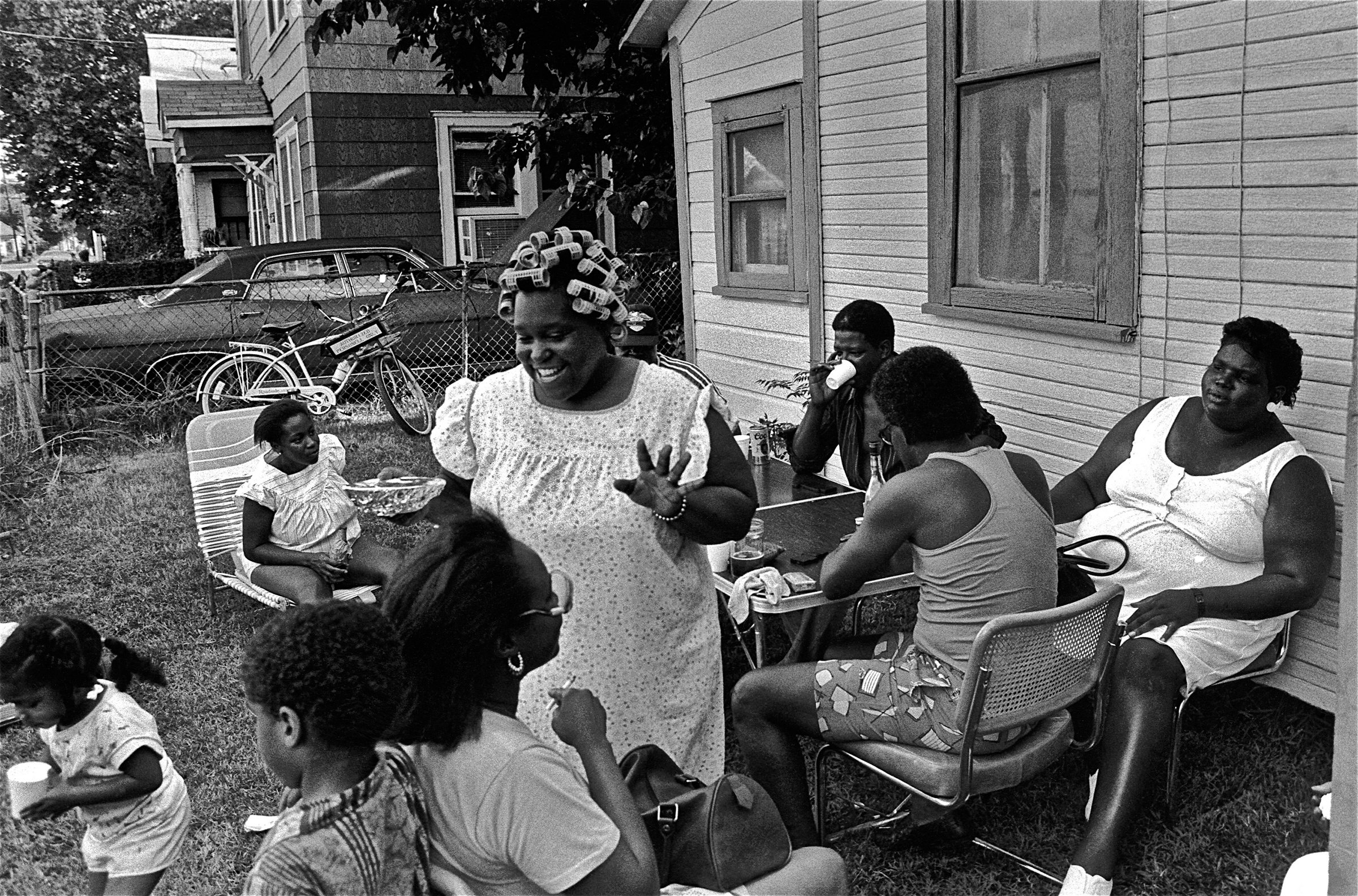


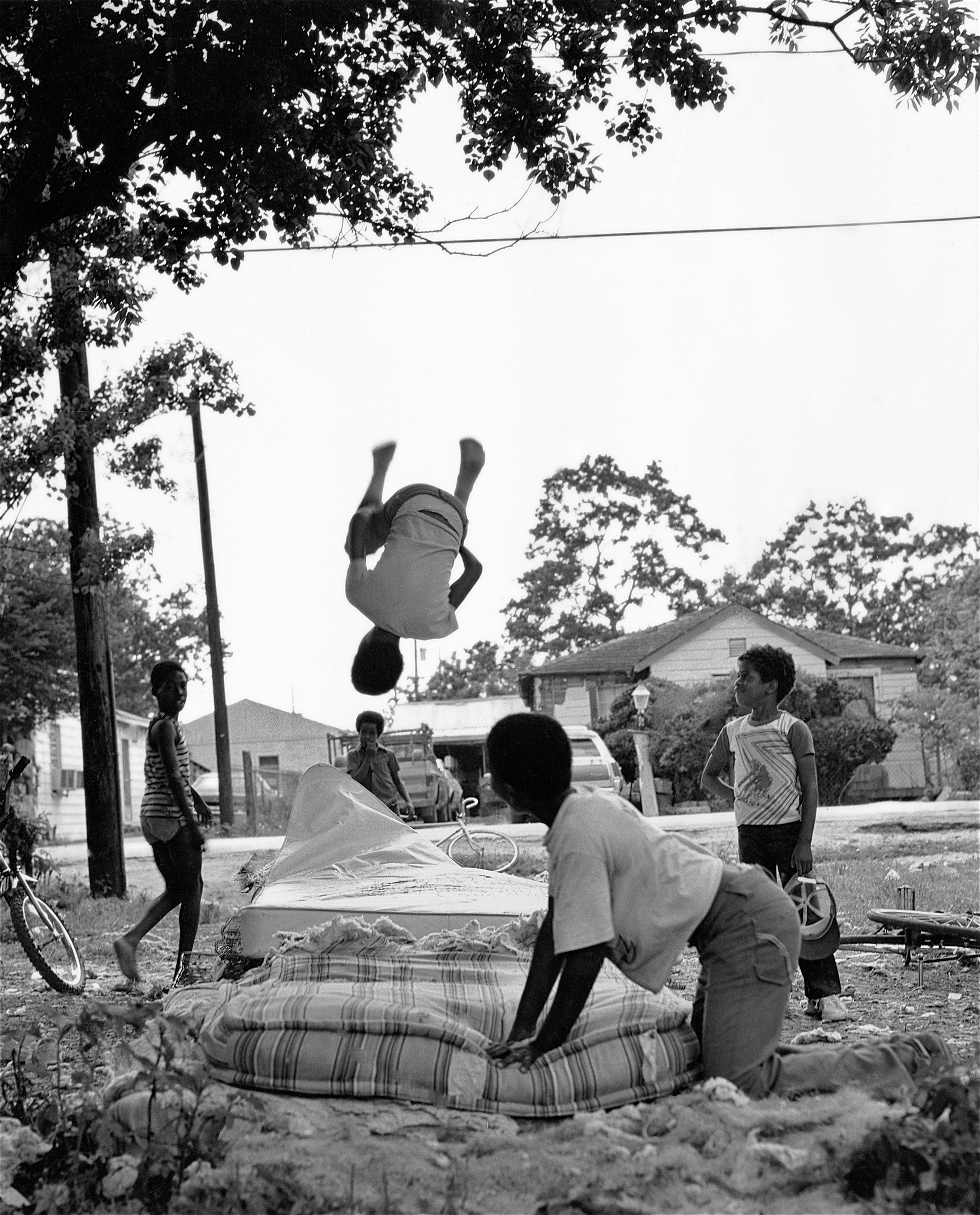

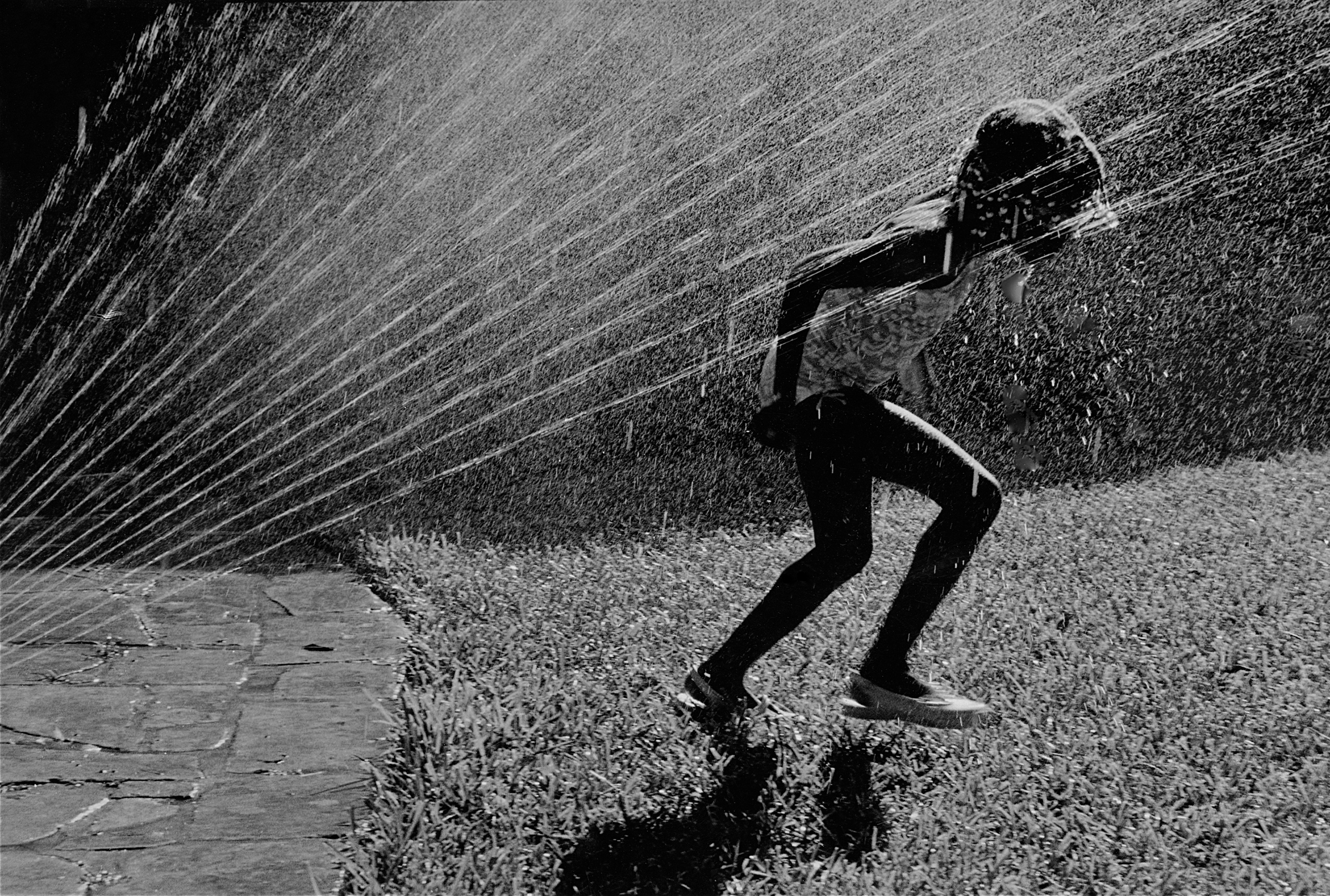

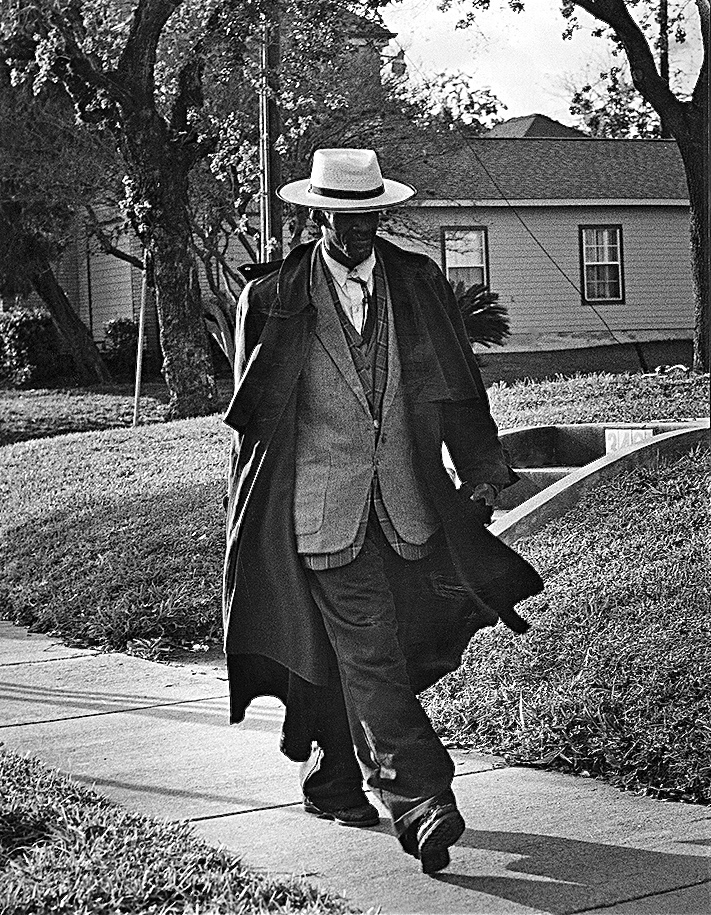

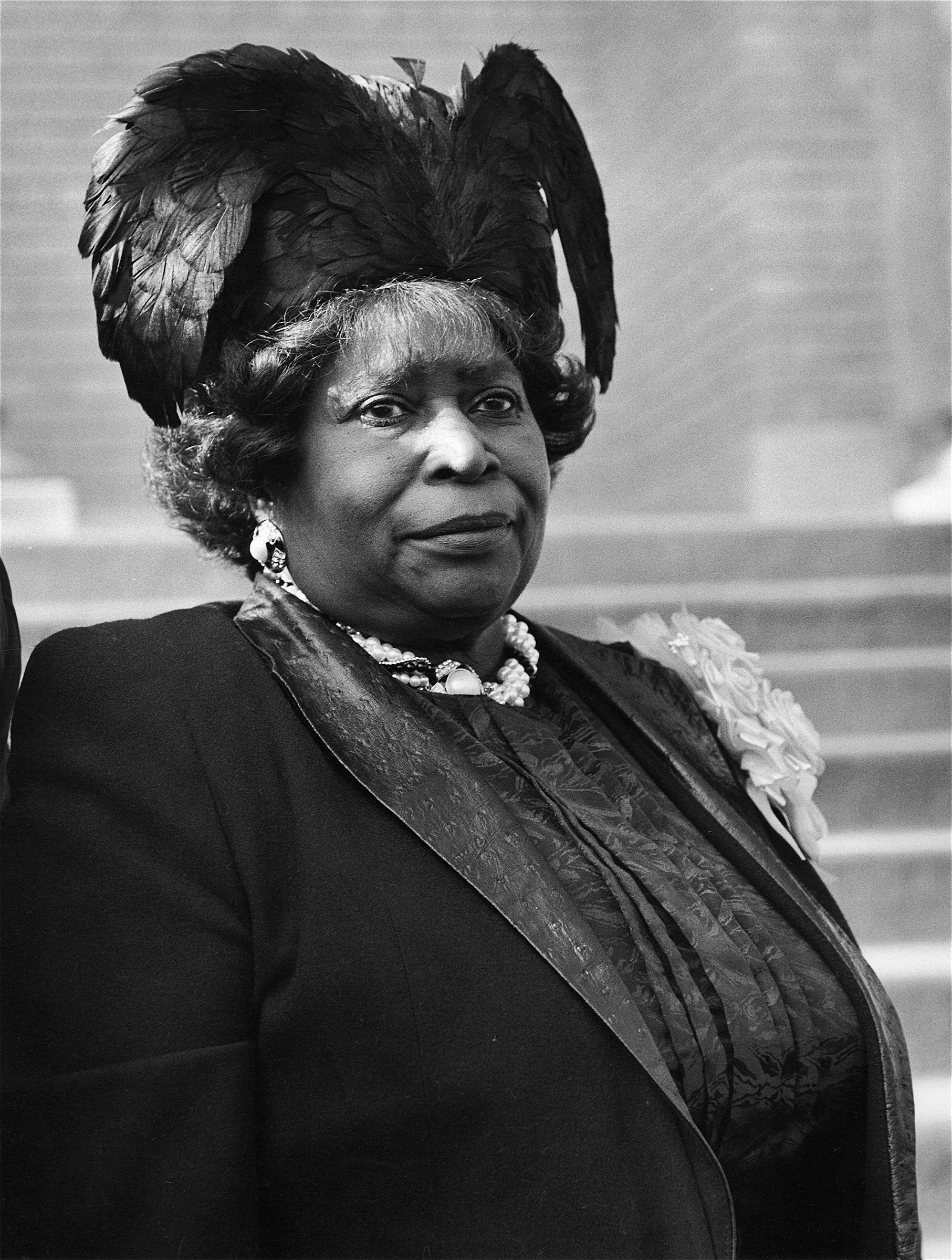
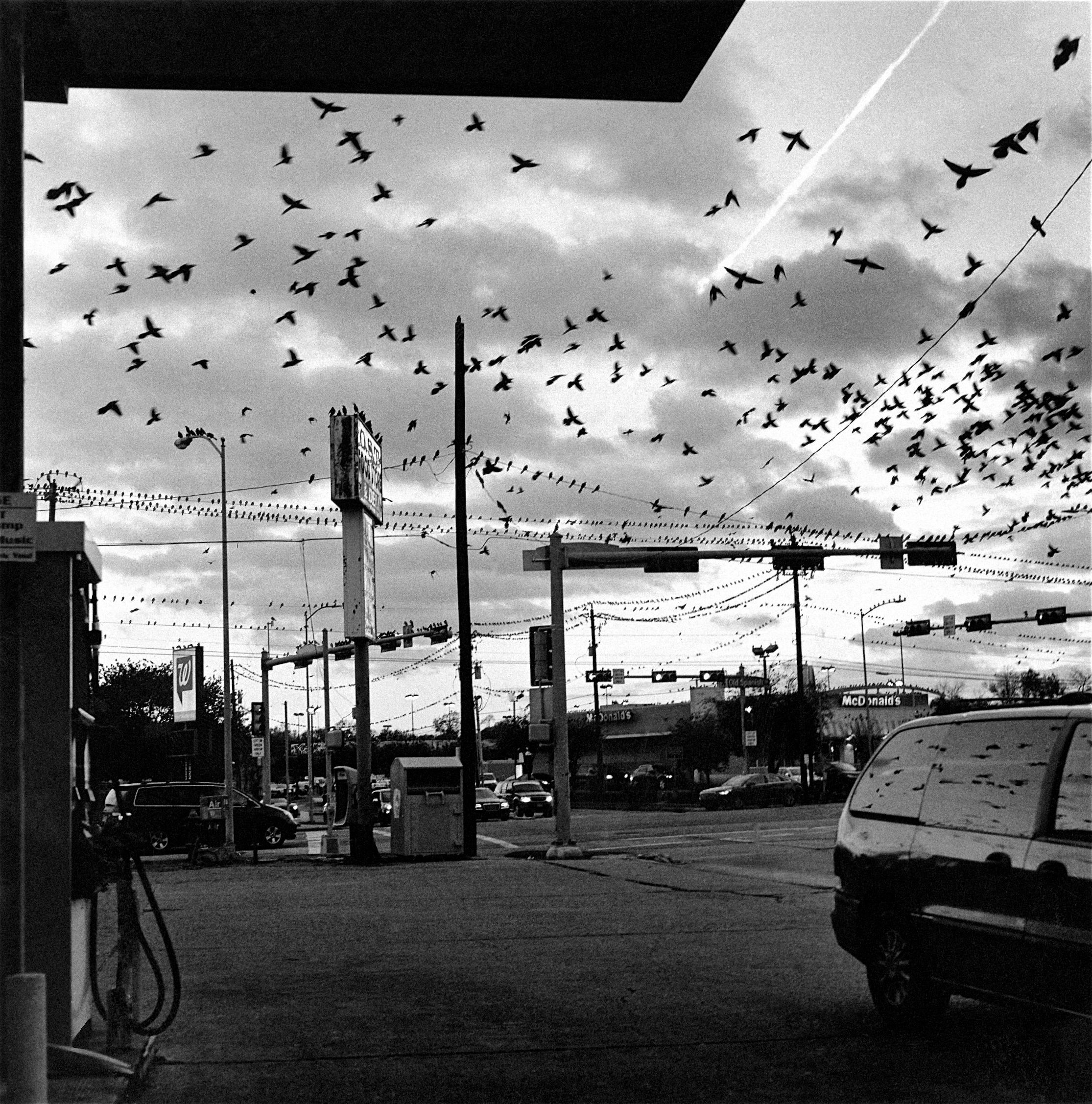

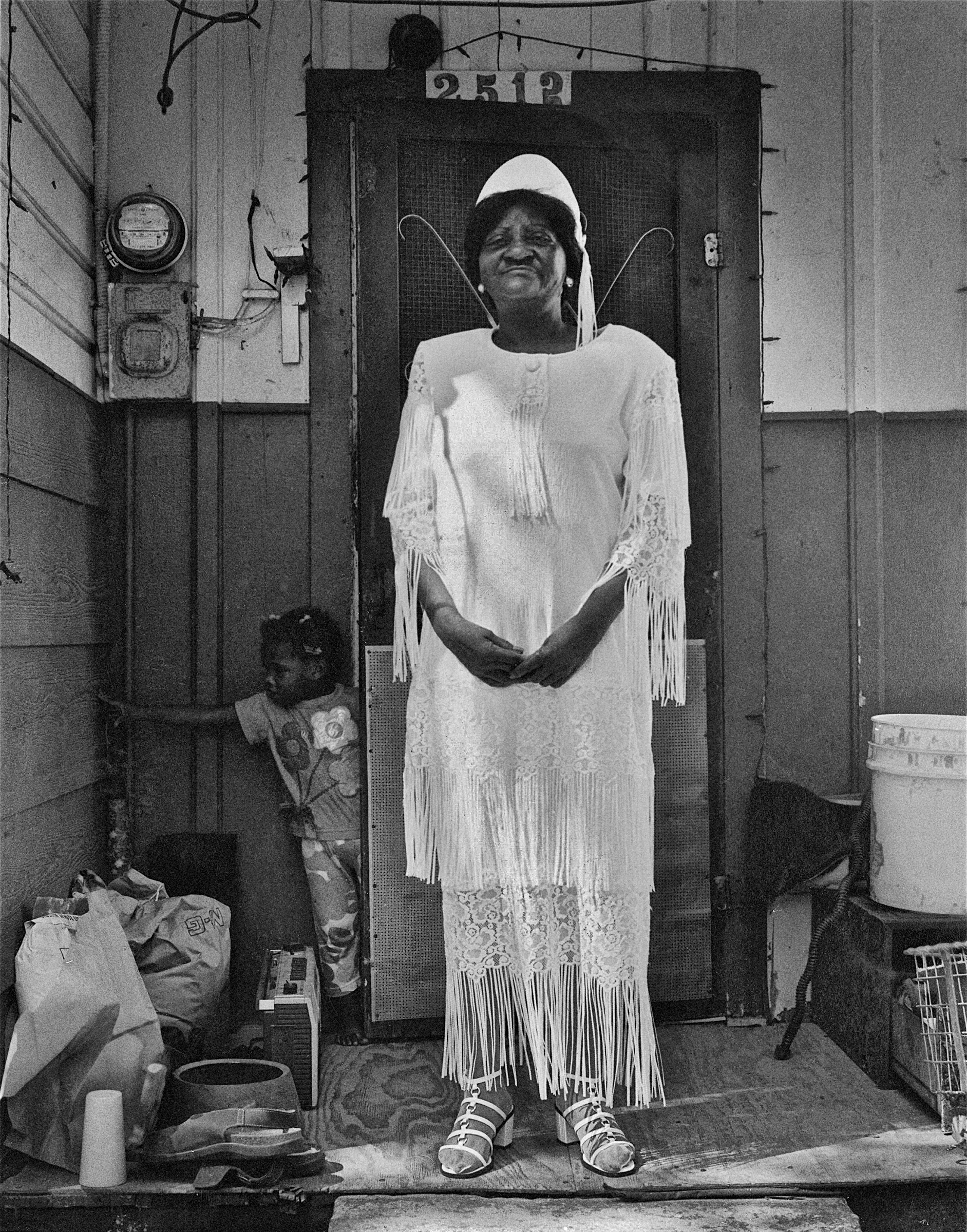
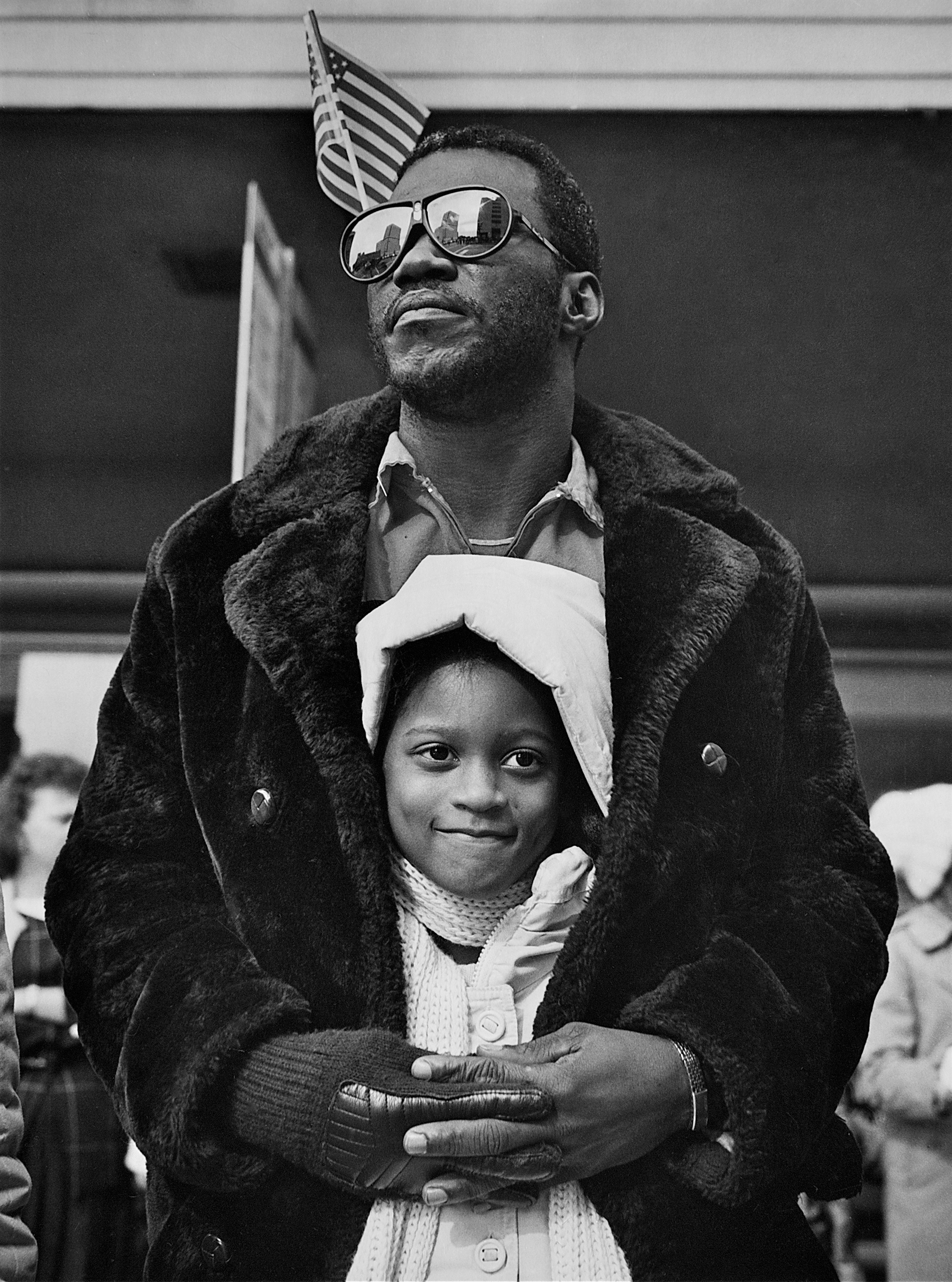
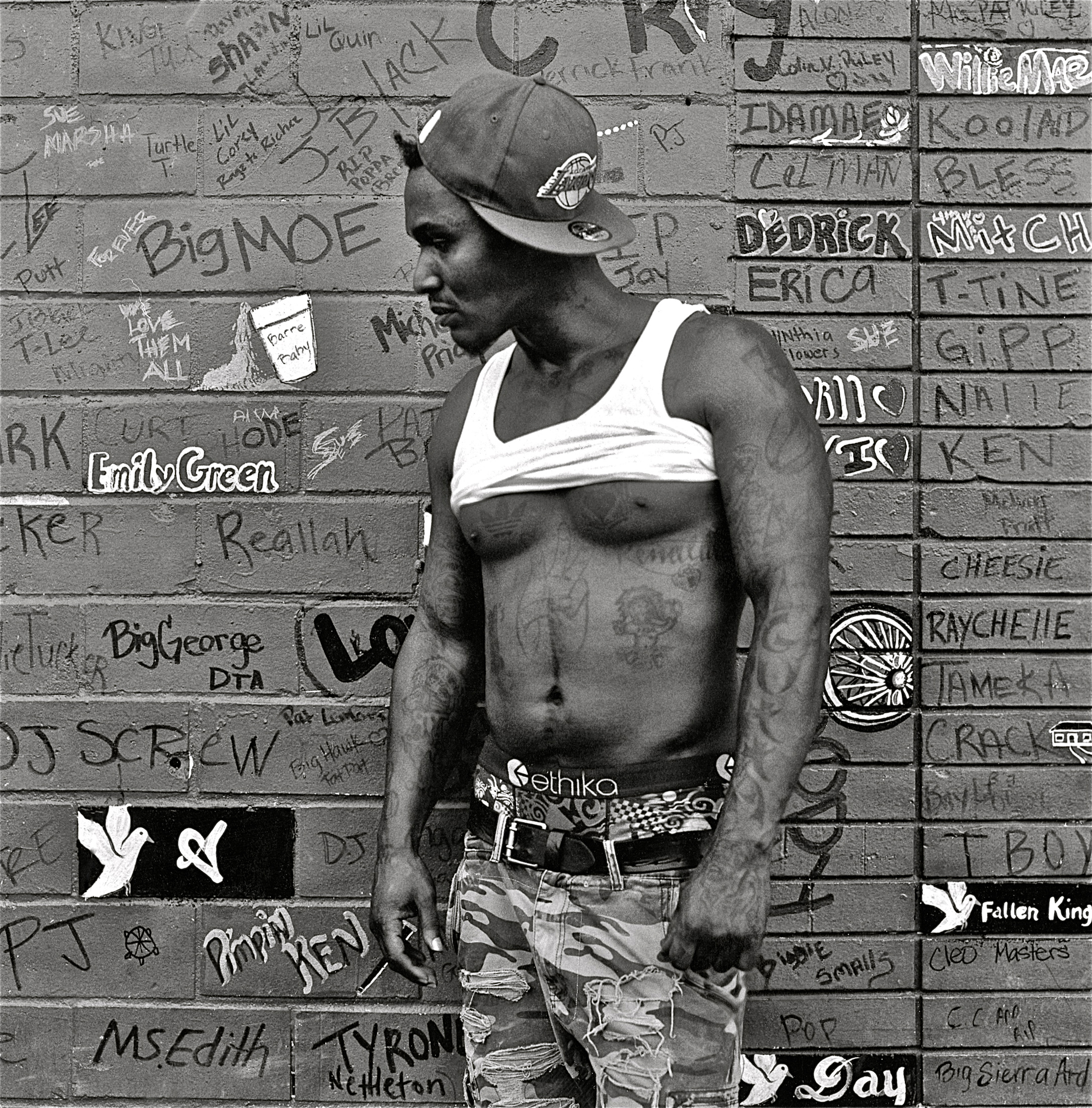
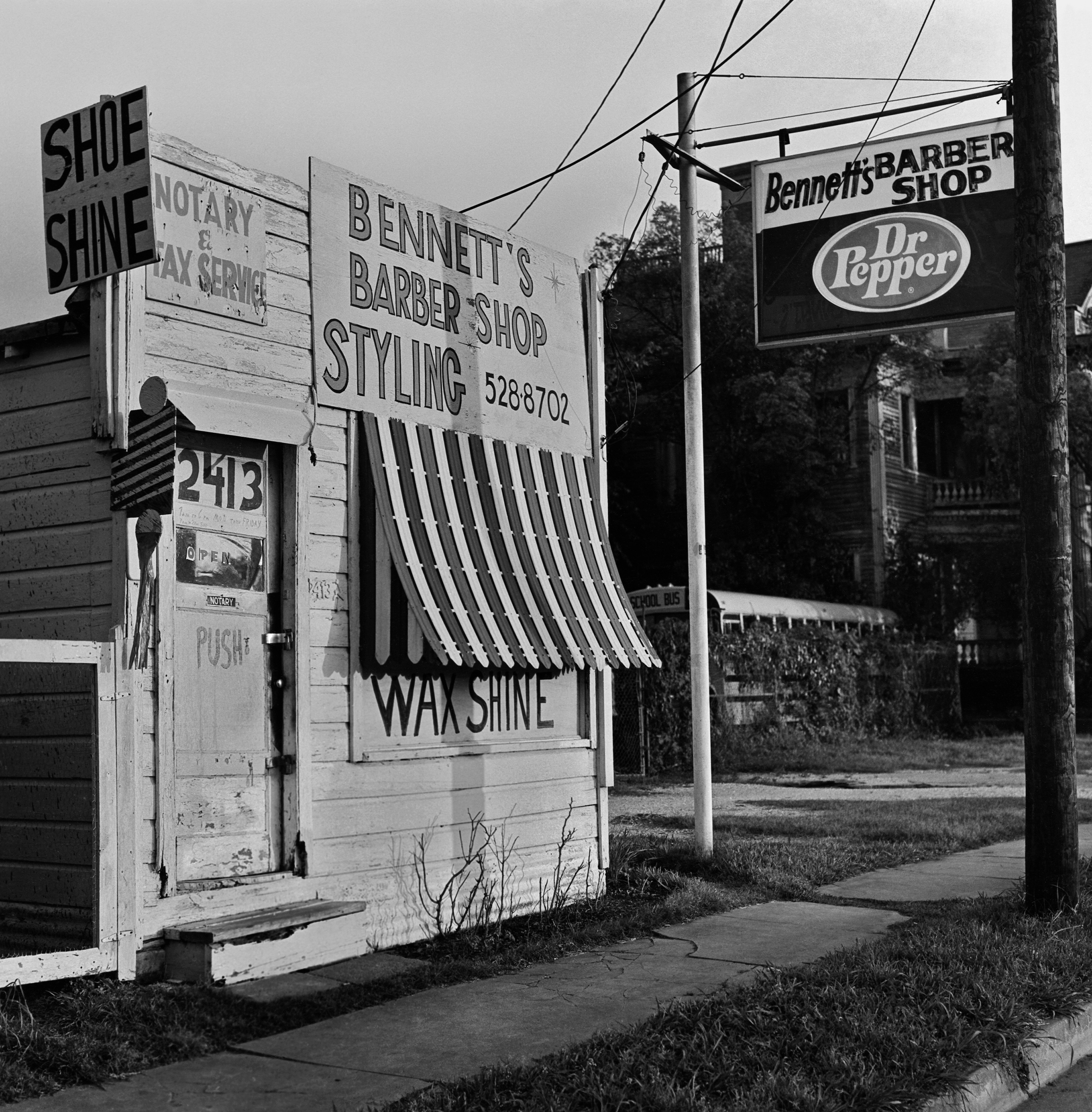
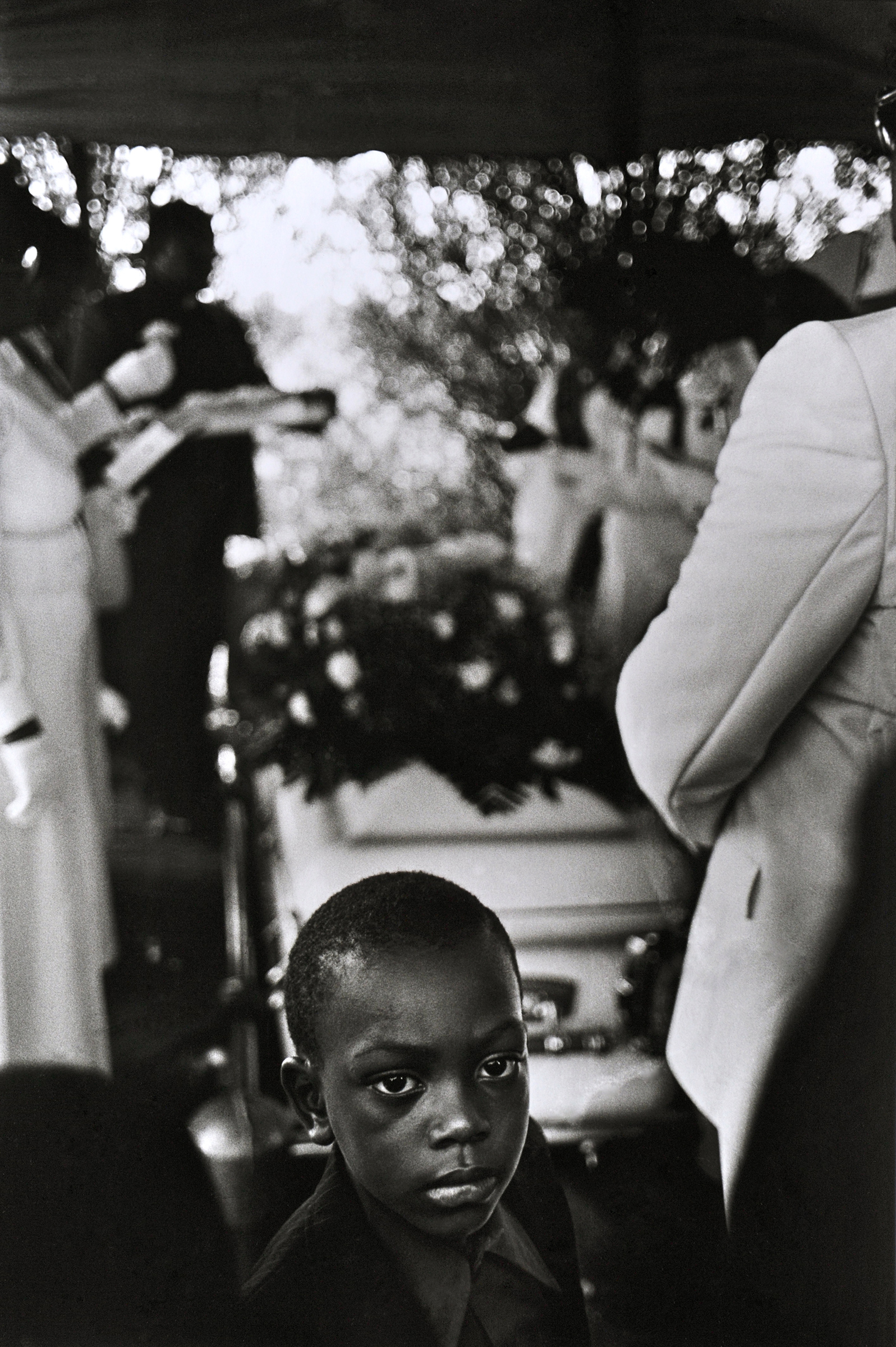
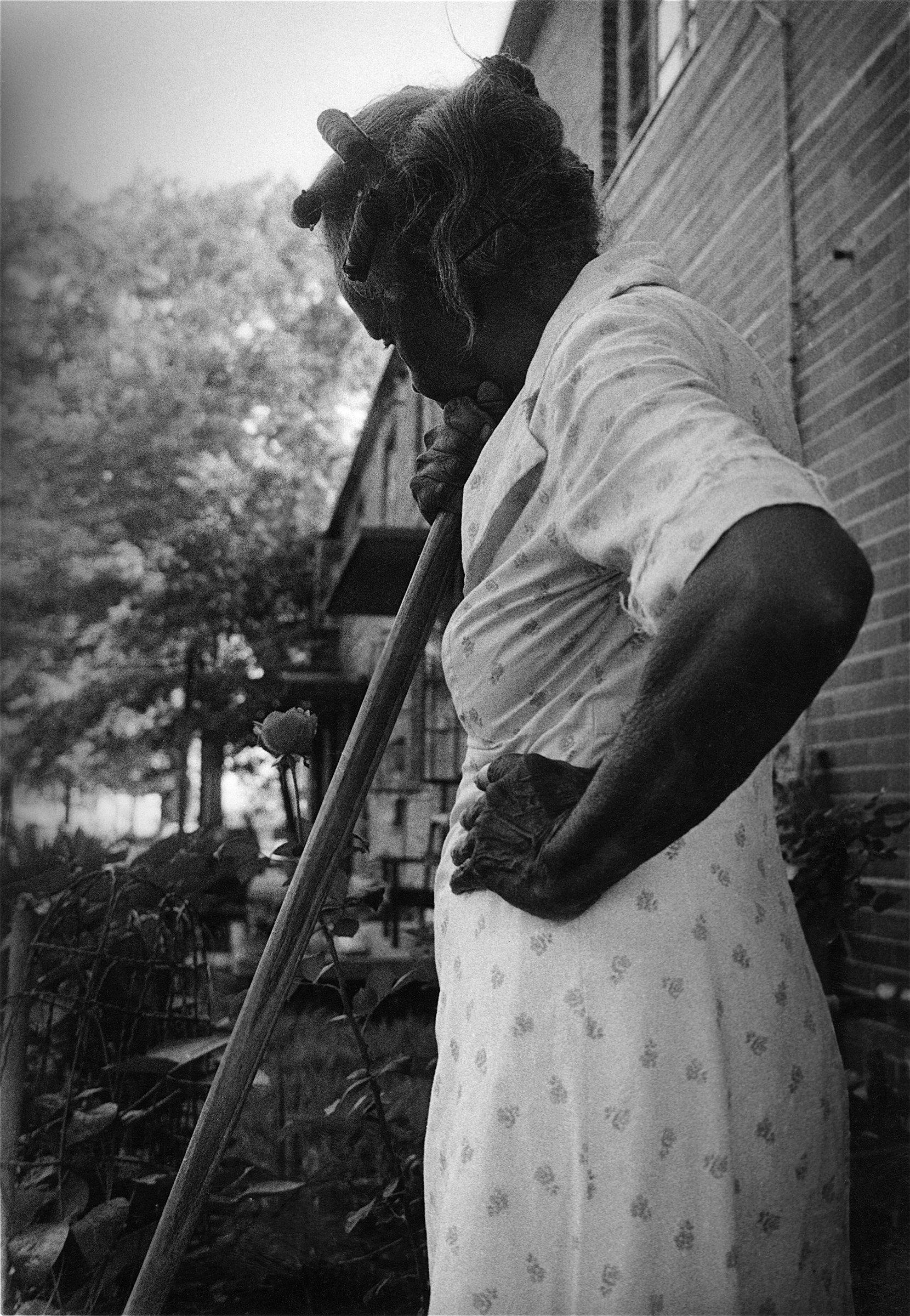

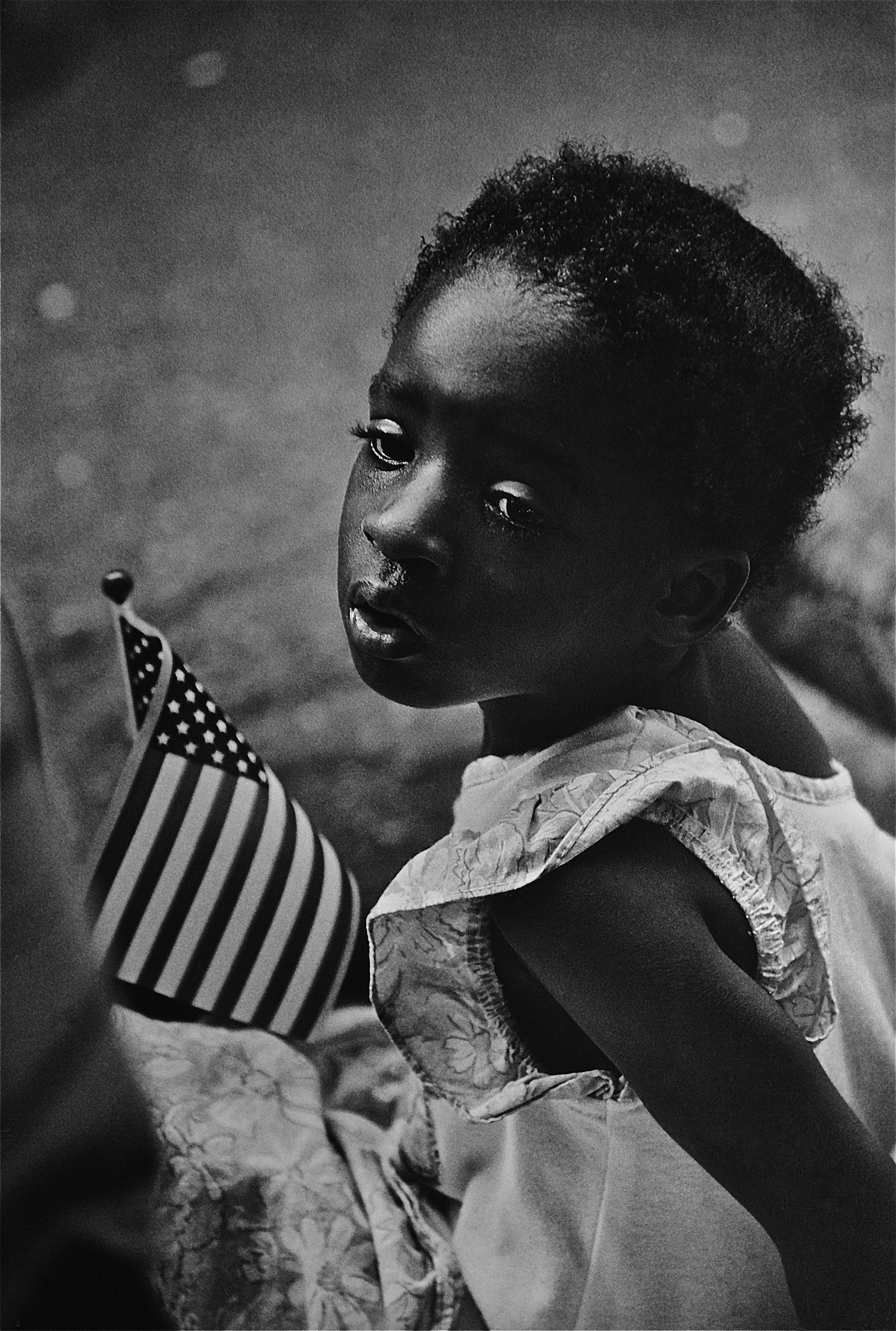

More Must-Reads From TIME
- The 100 Most Influential People of 2024
- The Revolution of Yulia Navalnaya
- 6 Compliments That Land Every Time
- What's the Deal With the Bitcoin Halving?
- If You're Dating Right Now , You're Brave: Column
- The AI That Could Heal a Divided Internet
- Fallout Is a Brilliant Model for the Future of Video Game Adaptations
- Want Weekly Recs on What to Watch, Read, and More? Sign Up for Worth Your Time
Contact us at letters@time.com
